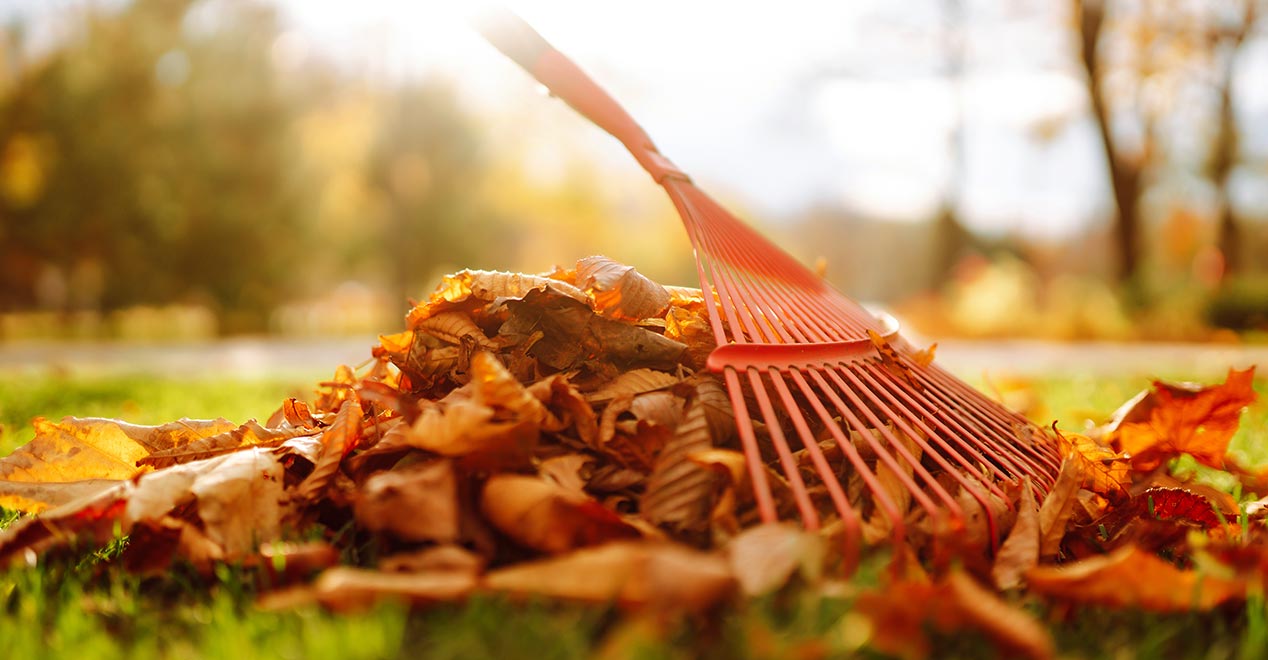Autumn's arrival brings with it a kaleidoscope of colors, cooler temperatures, and the promise of cozy evenings by the fireplace. It's also the ideal time to show your lawn some love and prepare it for the winter ahead. In this extensive guide, we'll delve deep into the world of fall lawn care, offering you a comprehensive set of tips and techniques to ensure your lawn not only survives but thrives during this beautiful season. So, grab your rake, put on your gardening gloves, and let's embark on the journey to a perfect fall lawn.
1. Leaf Management: The Fundamentals
Fall wouldn't be fall without the iconic carpet of colorful leaves covering the ground. However, those picturesque leaves can become your lawn's worst enemy if left unattended. Here's how to manage them effectively:
-
Raking: Traditional raking is a great way to remove leaves, but it can be labor-intensive. Consider investing in a leaf blower or vacuum for larger yards.
-
Mulching: If you'd rather not dispose of those leaves, consider mulching them with a mulching lawnmower. This finely chopped organic matter can nourish your lawn.
2. Mowing Techniques for Fall
Adjusting your mowing routine for fall is vital for maintaining a healthy lawn:
-
Lower the Blade: As the season progresses, gradually lower your mower's cutting height. This helps prevent the grass from getting smothered by fallen leaves and allows more sunlight to reach the soil.
-
Regular Mowing: Continue mowing regularly until the grass stops growing. This can be as late as November in some regions.
3. Aeration for Improved Soil Health
Aeration is an often-overlooked aspect of fall lawn care:
-
Why Aerate: Aerating your lawn involves perforating the soil to allow better airflow, water penetration, and nutrient absorption. This is especially important if your soil is compacted.
-
Equipment: You can rent an aerator or hire a professional to do the job. Aeration should be done when the soil is moist but not waterlogged.
4. Seeding and Overseeding: Strengthen Your Lawn
Fall is the perfect time for seeding and overseeding:
-
Choose the Right Seed: Select a high-quality grass seed mix that's suitable for your climate and lawn type.
-
Overseeding: For an established lawn, overseeding helps fill in bare patches and thicken the grass.
5. Fertilize Wisely
Feeding your lawn in the fall is like giving it a hearty meal before a long winter's nap:
-
The Right Formula: Choose a fertilizer with a balanced N-P-K (nitrogen, phosphorus, potassium) ratio for fall application.
-
Timing is Key: Apply fertilizer in early to mid-fall when the grass is still actively growing.
6. Weed Control: A Fall Must-Do
Don't let weeds take over your lawn during the fall:
-
Weed Identification: Identify the types of weeds in your lawn to choose the right herbicide.
-
Effective Application: Follow the instructions on the herbicide label carefully and apply when the weeds are actively growing.
7. Dealing with Thatch
Thatch buildup can stifle your lawn's health:
- Dethatching: Use a dethatching rake or machine to remove the layer of dead grass and debris.
8. Watering Wisdom
Proper watering is crucial in the fall:
- Less Frequent, Deep Watering: Water deeply but less frequently to encourage deep root growth.
9. Preparing Your Equipment for Winter
Taking care of your lawn equipment ensures it's ready for action next spring:
- Clean and Lubricate: Clean your lawnmower, trimmer, and other equipment. Lubricate moving parts and store them in a dry place.
10. Trees and Shrubs: Don't Forget Them
Your lawn isn't the only greenery in need of attention:
11. Pest Prevention
Don't let pests take refuge in your lawn:
- Treatment: Apply pest control measures if you've had issues in the past, especially for grubs and rodents.
12. Fall Cleanup and Composting
After all the hard work, don't forget the finishing touches:
- Composting: Compost the collected debris for a nutrient-rich soil amendment in the future.
As the leaves fall and the days grow shorter, your lawn deserves some extra care and attention. With these comprehensive fall lawn care tips in hand, you'll be well-prepared to ensure your lawn emerges from the winter season as lush and vibrant as ever. So, embrace the autumnal beauty, roll up your sleeves, and watch your lawn thrive. Happy fall gardening!
